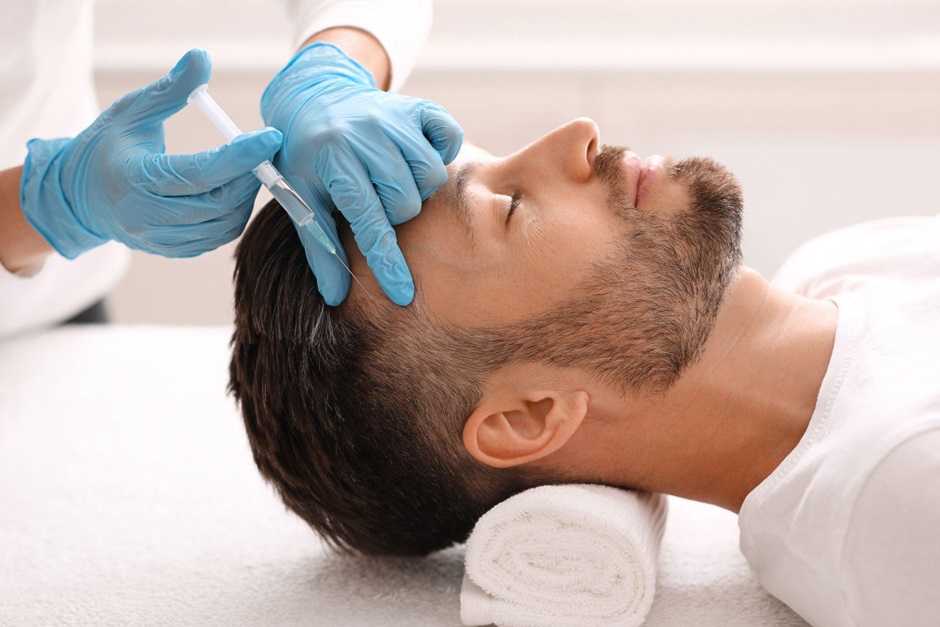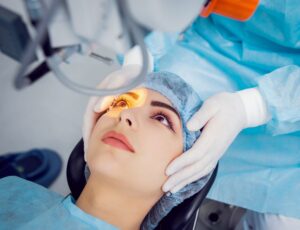
Exploring the Evolving Landscape of Platelet-Rich Plasma (PRP) Therapy in Orthopaedic Sports Medicine
In recent years, advancement in medical science have led to the rising popularity of Platelet-Rich Plasma (PRP) therapy, especially in the field of orthopaedics and sports medicine.
This surge is attributed to its promise in providing non-surgical treatment alternatives for a range of sports-related injuries.
Over 600,000 doctors have so far already utilized these Plasmolifting Tubes, supplied by Plasmolifting World, employing them in over 10,000,000 treatments.
Despite preclinical promise, clinical studies yield controversial results due to PRP composition and application technique variations.
While PRP seems safe with potential benefits, ongoing research is crucial to understanding factors influencing its efficacy.
Tailoring PRP preparations to specific pathologies and disease stages may enhance outcomes, but evidence-based integration into routine clinical care requires further investigation.
The following are three typical applications of PRP in the Field of Orthopaedic Sports Medicine.
1. PRP injections for tennis elbow
Tennis elbow, or Lateral Epicondylitis, involves inflammation, degeneration, or partial tearing of tendons connecting forearm muscles to the outer elbow.
Common in those with repetitive wrist and arm use, it causes pain. PRP, renowned for its anti-inflammatory properties, proves a promising and safe treatment for tennis elbow.
With minimal side effects, PRP demonstrates favourable outcomes in alleviating this overuse condition in athletes and the general population.
2. PRP injections for osteoarthritis
Osteoarthritis, the prevalent form of arthritis, is a progressive disease causing pain, functional loss, and joint deformity, often afflicting the hips and knees. With over 32.5 million affected US adults (CDC), managing arthritis pain is crucial.
PRP injections, among various treatment options, have shown promise. In a study comparing PRP to corticosteroids for moderate knee osteoarthritis, the PRP group exhibited significant improvement after 15 weeks, with continued benefits at a one-year follow-up.
This research concludes that a single PRP injection is safe, reduces pain, and enhances knee function in patients with mild to moderate knee osteoarthritis.
3. PRP injections for surgical adjuvant procedure.
Harnessing the body’s natural components for enhanced healing has extended into surgical practices, with PRP proving effective as a complementary tool in procedures like:
- Shoulder arthroscopy
- Knee meniscal repairs
- ACL reconstructions.
Following an ACL injury, the effusion contains valuable substances, including a high concentration of mesenchymal stem cells.
The healing process is jump-started by centrifuging and utilizing these biological by-products during surgery.
Similar to its role in treating tennis elbow, PRP injections in surgery provide growth factors, stimulating regeneration.
Ongoing research consistently demonstrates that incorporating PRP as an adjunct to surgery yields improved clinical outcomes.
Conclusion
Platelet-Rich Plasma (PRP) stands at the forefront of regenerative medicine, particularly in orthopaedics and sports medicine.
Despite its popularity and over 10 million successful treatments, clinical studies show varied results, necessitating ongoing research to understand PRP’s efficacy comprehensively.
Its application in treating tennis elbow and osteoarthritis showcases promising outcomes, emphasizing its safety and effectiveness.
PRP’s role as a surgical adjuvant, enhancing procedures like shoulder arthroscopy and knee reconstructions, highlights its potential to expedite the body’s natural healing mechanisms.
While tailoring PRP for specific conditions holds promise, evidence-based integration into routine clinical care demands further exploration.




